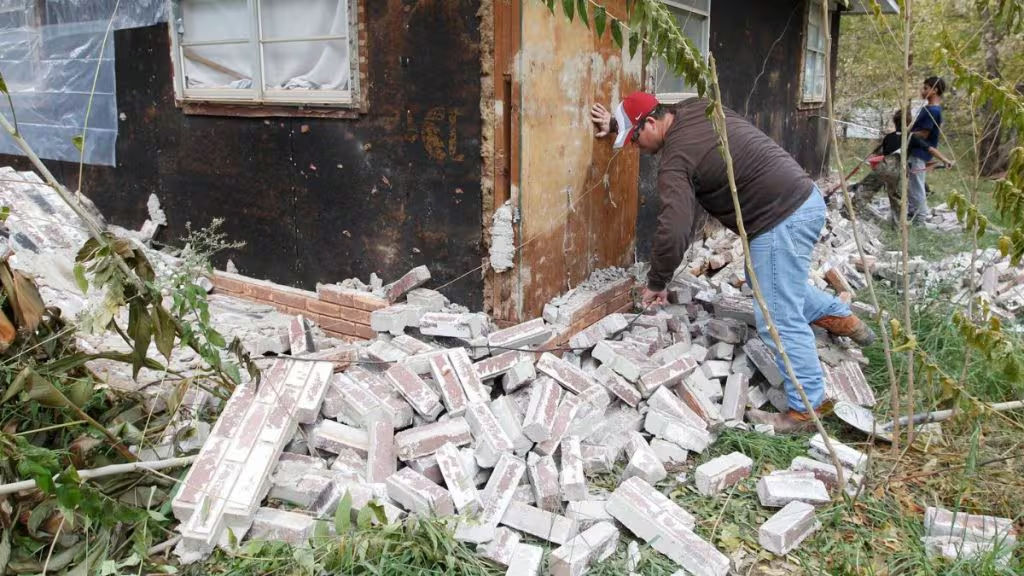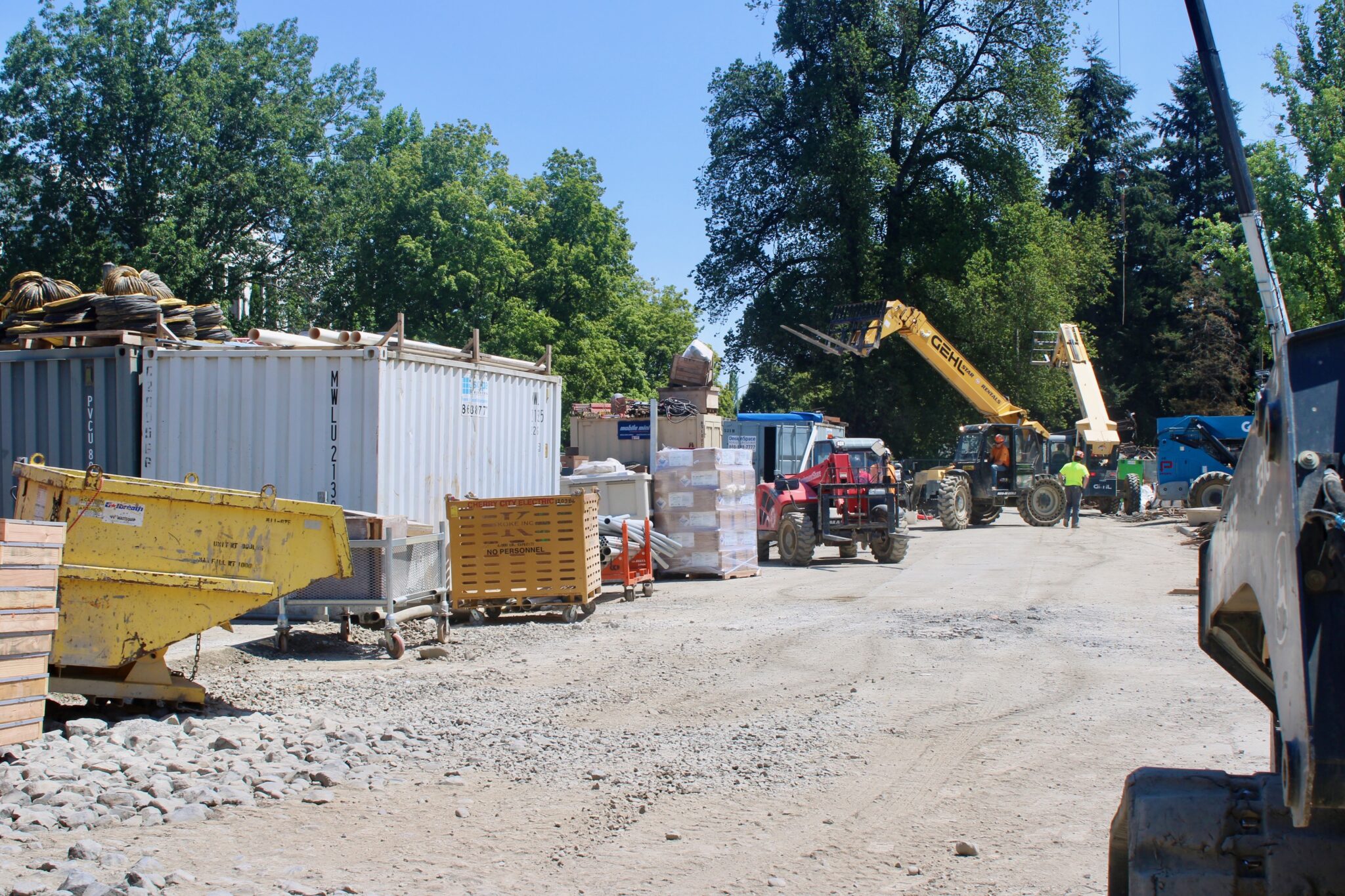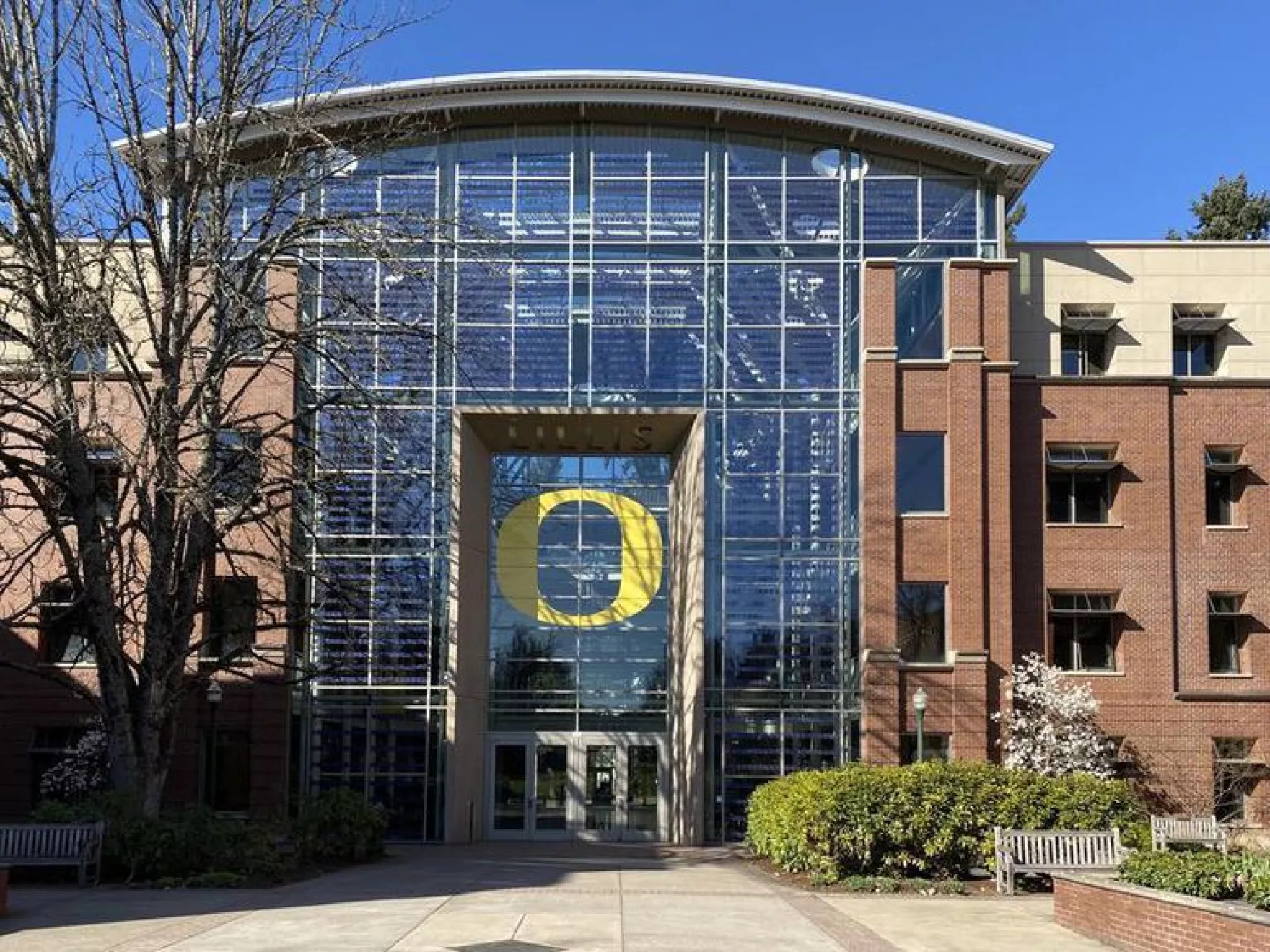PORT ORFORD, Ore. – A magnitude 5.8 earthquake shook off the Oregon coast late Monday night, according to the U.S. Geological Survey (USGS), reminding residents of the region’s seismic vulnerability.
Details of the Tremor
The quake struck at approximately 10:30 p.m. local time, with its epicenter about 102 miles west-southwest of Port Orford at a depth of 8.5 miles.
Shortly after, two smaller aftershocks were recorded:
-
A 3.3-magnitude tremor
-
A 4.9-magnitude quake
The USGS classified the larger quake as a possible mainshock in a developing sequence. Importantly, no tsunami warnings were issued.
Related Seismic Activity in California
Only 20 minutes later, at 10:50 p.m., a separate 3.3 magnitude earthquake struck near Pearblossom, California, roughly 50 miles northeast of Los Angeles.
The shallow quake, occurring at a depth of 5.6 miles, was felt across nearby communities including Palmdale and Glendale, though no damage was reported.
East Coast Swarm in South Carolina
In late August, an unusual swarm of earthquakes rattled Greenwood County, South Carolina, with at least a dozen quakes clustered near Coronaca and Lake Greenwood.
These quakes ranged between 1.7 and 3.0 magnitude. While none caused major damage, the South Carolina Emergency Management Division issued preparedness reminders, encouraging residents to:
-
Secure heavy household items
-
Practice “drop, cover, and hold on” drills
-
Review earthquake insurance coverage
Locals who felt the tremors were also urged to file felt reports with the USGS, which help scientists refine their seismic models.
Significant Shaking in Alaska
The nation’s most seismically active state has also seen a surge of movement. Earlier this week, a magnitude 6.0 earthquake struck near Unalaska, while the most powerful U.S. quake of the year so far—a 7.3 magnitude—was recorded near Sand Point.
These events underscore Alaska’s position on the Pacific “Ring of Fire,” where major seismic activity is routine.
Continued Rumblings in California
California continues to see steady seismic movement tied to the San Andreas Fault system. In addition to the Pearblossom quake, recent events include a 3.7 magnitude tremor near Ferndale and several smaller quakes across the Greater Los Angeles region.
Experts warn that although low-to-moderate quakes often pass without incident, they serve as reminders of the state’s long-term earthquake risks.
Other U.S. Hotspots
-
Texas: Minor earthquakes near Midland and Mentone have been reported, with some seismologists linking the activity to oil and gas operations.
-
Hawaii: Small tremors ranging between 2.0 and 2.5 magnitude were detected near Pāhala and Volcano, reflecting ongoing volcanic and tectonic activity beneath the islands.
Shallow vs. Deep Quakes
Recent U.S. earthquakes have varied widely in depth, from 0–3 kilometers to more than 39 kilometers underground.
Seismologists caution that shallower quakes—even at lower magnitudes—can be felt more strongly at the surface, increasing the likelihood of damage when they strike near populated areas.
Preparedness Remains Key
While Monday’s Oregon offshore quake caused no reported damage or tsunami threats, experts emphasize the importance of earthquake preparedness. Oregon sits along the Cascadia Subduction Zone, a fault capable of producing catastrophic earthquakes and tsunamis.
Residents are encouraged to keep emergency kits, secure furniture and appliances, and regularly practice safety drills.
As seismic activity continues across the country, from the Pacific Northwest to the Southeast, one message remains constant: preparedness is the best defense against the unpredictable power of earthquakes.












Leave a Reply